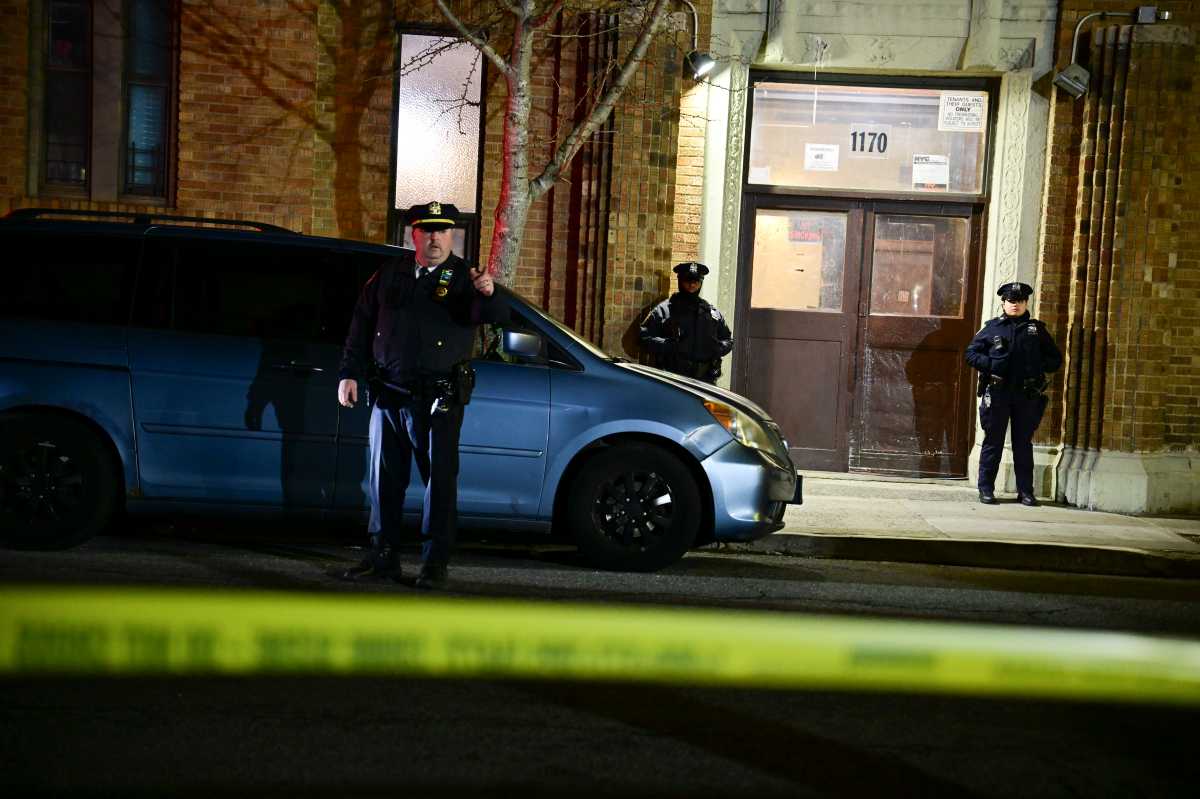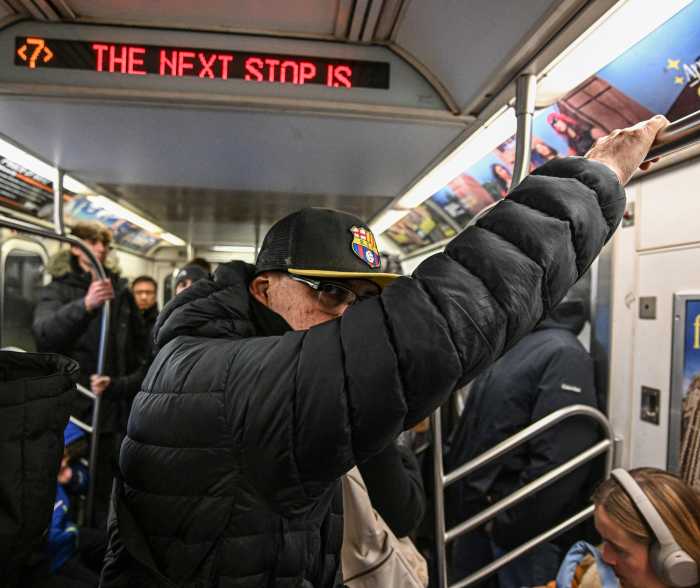In an effort to learn how the city might increase its revenue without further increasing property taxes, the City Council’s Committee on Finance held an oversight hearing that considered hiring more tax assessors - an option that has vigorous support from civic groups throughout Queens.
“By discussing the methods through which property taxes are assessed, and the viability of adding more assessors as opposed to the reliance on current computer-based models, it is my hope to determine any possible avenues for relief with respect to property taxes,” said committee chair Councilmember David Weprin in his testimony on Friday, March 2.
Over the past six years property taxes have increased over 80 percent for one-, two- and three-family homes, Weprin said, explaining that because earned income has generally not kept pace with rising market values, higher tax burdens are becoming increasingly difficult for some homeowners to bear.
“Being priced out of your home is quickly becoming a very threatening reality for many New Yorkers,” he said.
Corey Bearak, executive vice president of the Queens Civic Congress (QCC), an umbrella organization of about 100 Queens civic, condo, co-op and tenant groups, testified on behalf of that group in favor of changes to a system that he insisted results in unfair and inequitable tax burdens for low-, moderate- and middle-income homeowners.
“Something remains really wrong when a system exacerbates existing inequities in the system of taxing New York City’s commercial and residential property,” he testified. “Something remains wrong when I scour the real estate pages of my daily newspapers and find million dollar homes that pay less taxes than my simple home.”
At the core of the QCC proposal to raise revenue is a crackdown on absentee owners who purchase homes or building units that are taxed according to assumed owner occupancy and who then convert them into profit-turning rentals.
As such these investments are essentially commercial ventures and should be taxed accordingly, Bearak said.
“We are concerned about absentee ownership where an income-bearing business pays the same taxes as me and my other neighbors and [yet] we don’t have businesses against which to write off our taxes,” he said.
The New York City Real Property Tax Law provides for four property classifications. Class One properties are primarily one- to three-family homes and are taxed at six percent of full market value. Class Two properties include rentals, condominiums and co-ops and are taxed at 45 percent of full market value.
Class Three designates utility corporations and special franchise properties. Class Four designates commercial properties. Both are taxed at 45 percent of full market value.
Bearak also pointed to a cut in the number of real estate assessors employed by the city as contributing to the loss of tax revenue. Computer modeling alone cannot calculate for alterations that substantially increase a home’s value or discover that a Class One property is being used for Class Two purposes.
“We believe that we have the right amount of assessors to produce an accurate estimate of market value,” said DOF spokesperson Owen Stone.
According to Stone, the agency currently employs 124 assessors, a 21 percent decrease from the 157 assessors employed there in March, 2002.





























